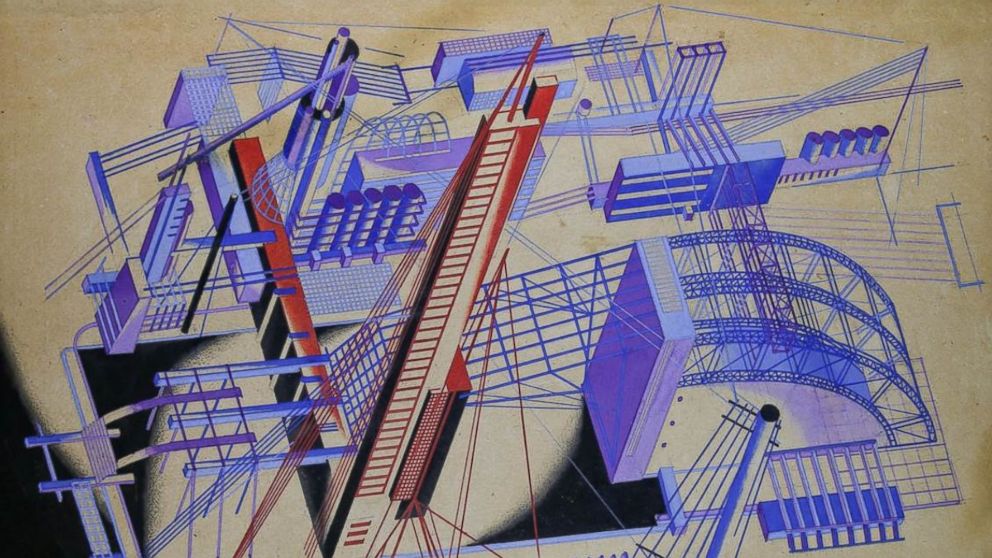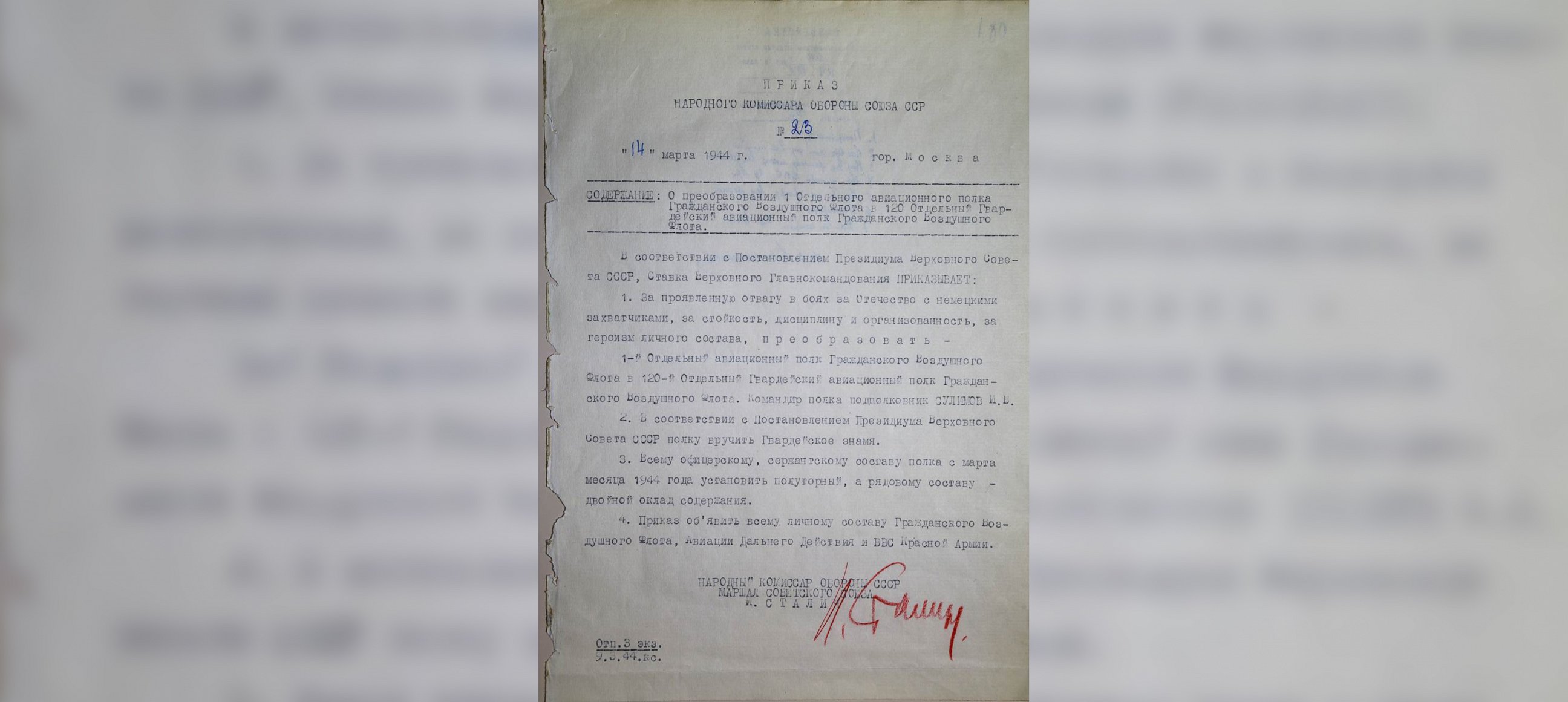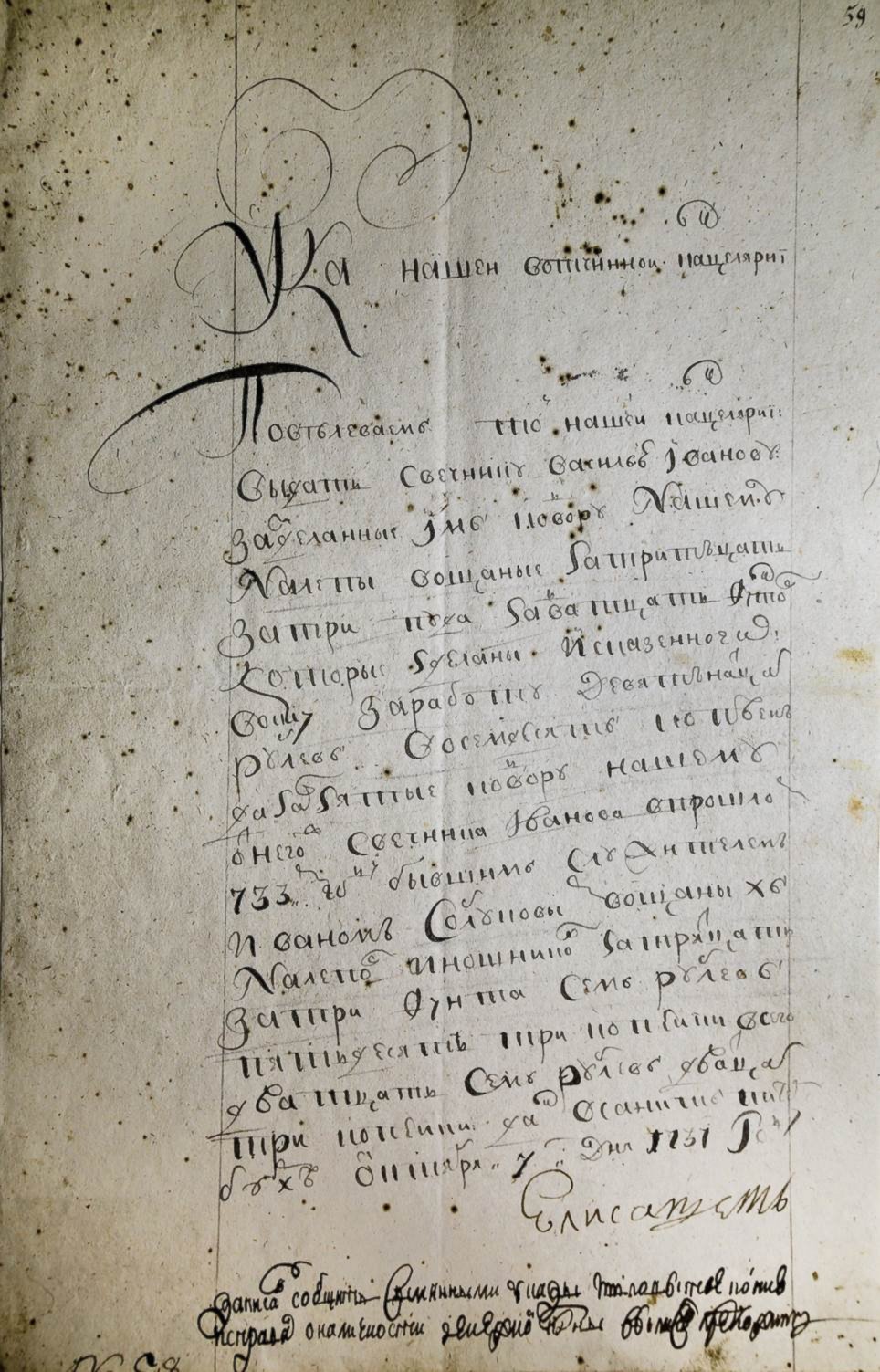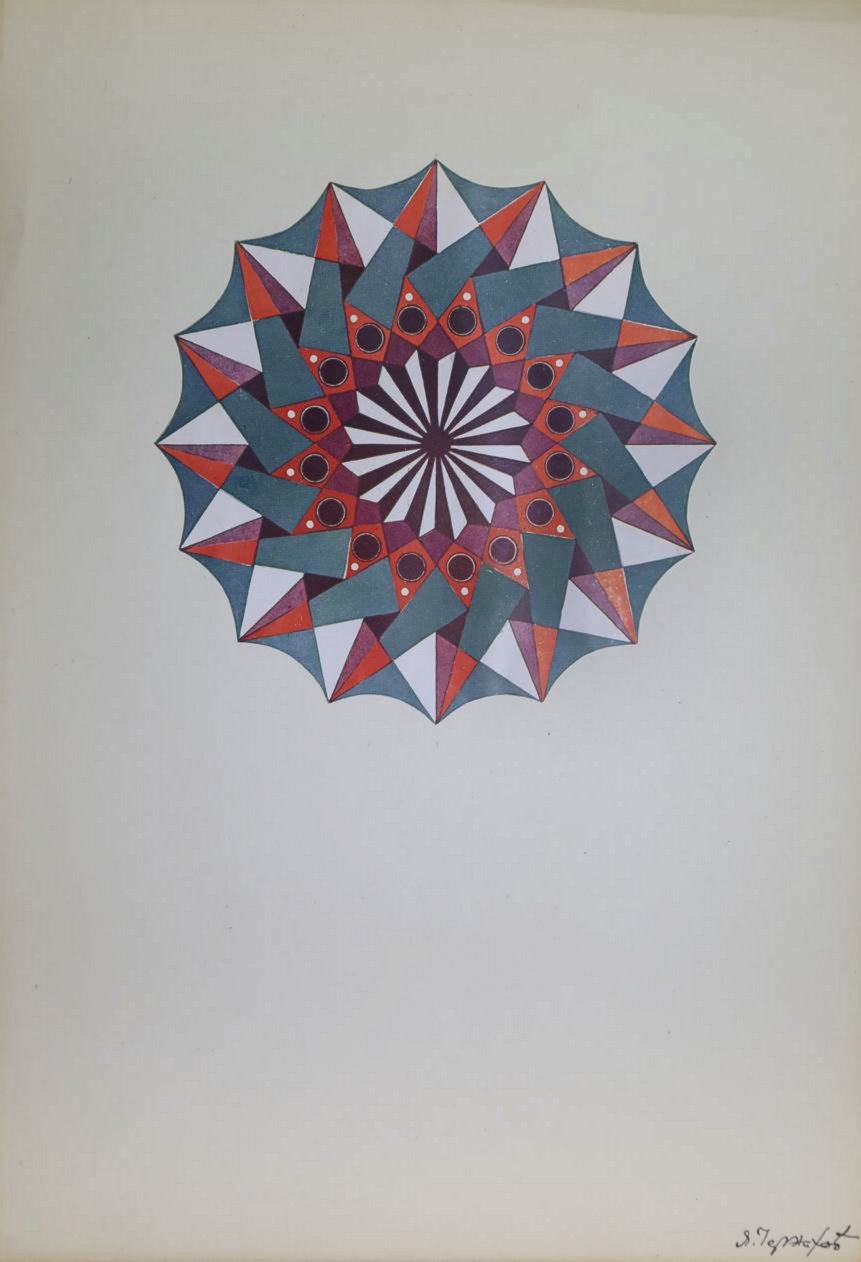US Returns Stolen Historic Documents to Russia
The documents were stolen from Russia’s state archives during the 1990s.

— -- The U.S. today handed back more than two dozen historic documents stolen from Russia’s state archives during the 1990s amid the chaos that followed the fall of the Soviet Union.
The 28 documents include an order signed by Joseph Stalin in 1944, as well as decrees, some over 200 years old, from different Russian czars. The docs were recovered by U.S. law enforcement over the past decade.

Russia’s culture ministry formally took possession of the documents at a ceremony at the U.S. ambassador’s residence in Moscow.
Agents from the U.S. Department for Homeland Security helped to recover the documents during years-long investigations, tracking them to auction houses and private collectors across America following tips from Russia’s own state cultural agencies.
The documents vanished from Russia’s archives during the late 1980s and early 1990s as the Soviet Union was falling apart and controls at state institutions became lax. Hundreds of documents and artifacts were smuggled out of the country to be sold.
“The 90s here were a wild time,” Jason Cassidy, a Homeland Security attache in Moscow, told ABC News. “A lot of the controls that were in place during the Soviet Union didn’t exist any more.”
“And so once Russia kind of reconstituted itself,” Cassidy continued, “they did audits of their archives and realized that a lot of stuff, a lot of things left the country during that time.”
Since 2007, the U.S. has returned around 150 such items to Russia, according to Cassidy, who acts as a liaison with the Russians on cases of stolen cultural artifacts.
The documents are very valuable. Besides the decrees, a large collection of drawings by the avant-garde architect, Yakov Chernikhov, was also recovered. The drawings from the early 20th century are potentially worth millions of dollars.
Because of the vast number of documents held by Russia’s archives and the difficulty of monitoring them, it’s often all but impossible for either Russian or U.S. law enforcement to know how the documents left the country. Some of the returned documents, including the order from Stalin, were taken from St. Petersburg’s military archives. In the case of one of the decrees, the thief replaced it with a forgery, meaning its absence went unnoticed for years until a U.S. officer happened to spot the original on sale on an American auction site.
“In many cases, by the time we get notified that a document has been stolen or has gone missing, it can be 10, 20, 30, 40 years down the line. So many times, we won’t know how it left Russia,” Cassidy said.
Most of the documents had to be seized using court orders. For some of the objects, today’s handover was the culmination of a seven-year investigation.
The difficulty in proving how the documents reached the U.S. means that no prosecutions have been brought in connection with those returned today.
The event was partly organized as a display of goodwill by the U.S. Embassy to demonstrate that Russia and the U.S. are still able to cooperate in important areas despite tense political relations over the crisis in Ukraine and the war in Syria.






